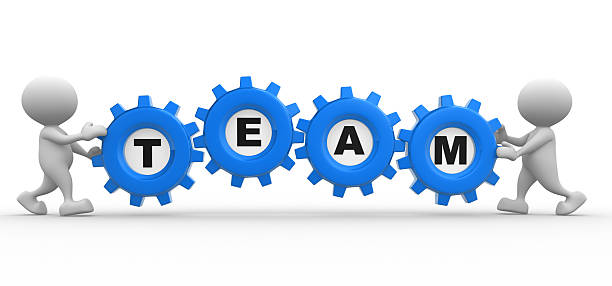TYPES OF FORCE ANALYSIS:
Equilibrium of members with two forces
Equilibrium of members with three forces
Equilibrium of members with two forces and torque
Equilibrium of members with two couples.
Equilibrium of members with four forces.
1 Principle of Super Position:
Sometimes the number of external forces and inertial forces acting on a mechanism are too much for graphical solution. In this case we apply the method of superposition. Using superposition the entire system is broken up into (n) problems, where n is the number of forces, by considering the external and inertial forces of each link individually. Response of a linear system to several forces acting simultaneously is equal to the sum of responses of the system to the forces individually. This approach is useful because it can be performed by graphically.
2 Free Body Diagram:
A free body diagram is a pictorial representation often used by physicists and engineers to analyze the forces acting on a body of interest. A free body diagram shows all forces of all types acting on this body. Drawing such a diagram can aid in solving for the unknown forces or the equations of motion of the body. Creating a free body diagram can make it easier to understand the forces, and torques or moments, in relation to one another and suggest the proper concepts to apply in order to find the solution to a problem. The diagrams are also used as a conceptual device to help identify the internal forces—for example, shear forces and bending moments in beams—which are developed within structures.

